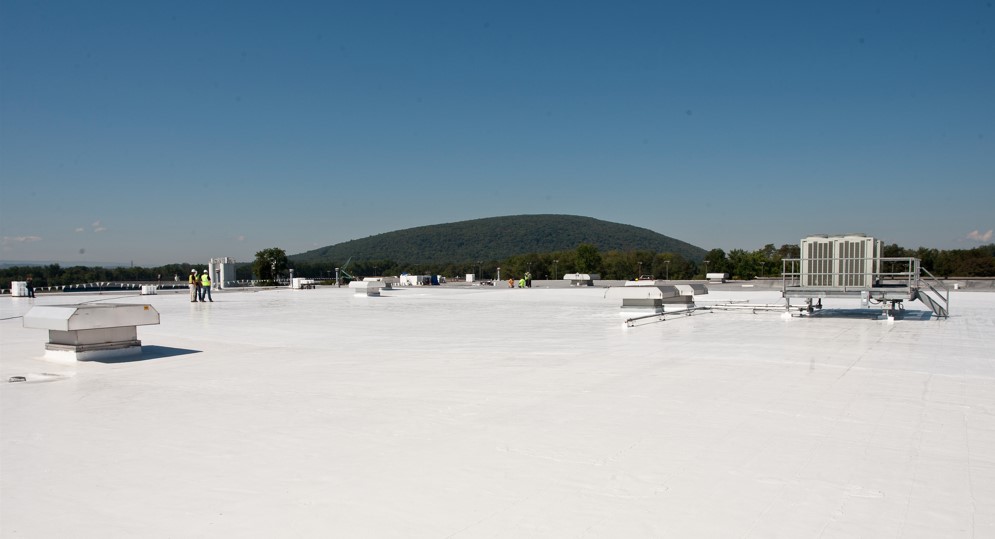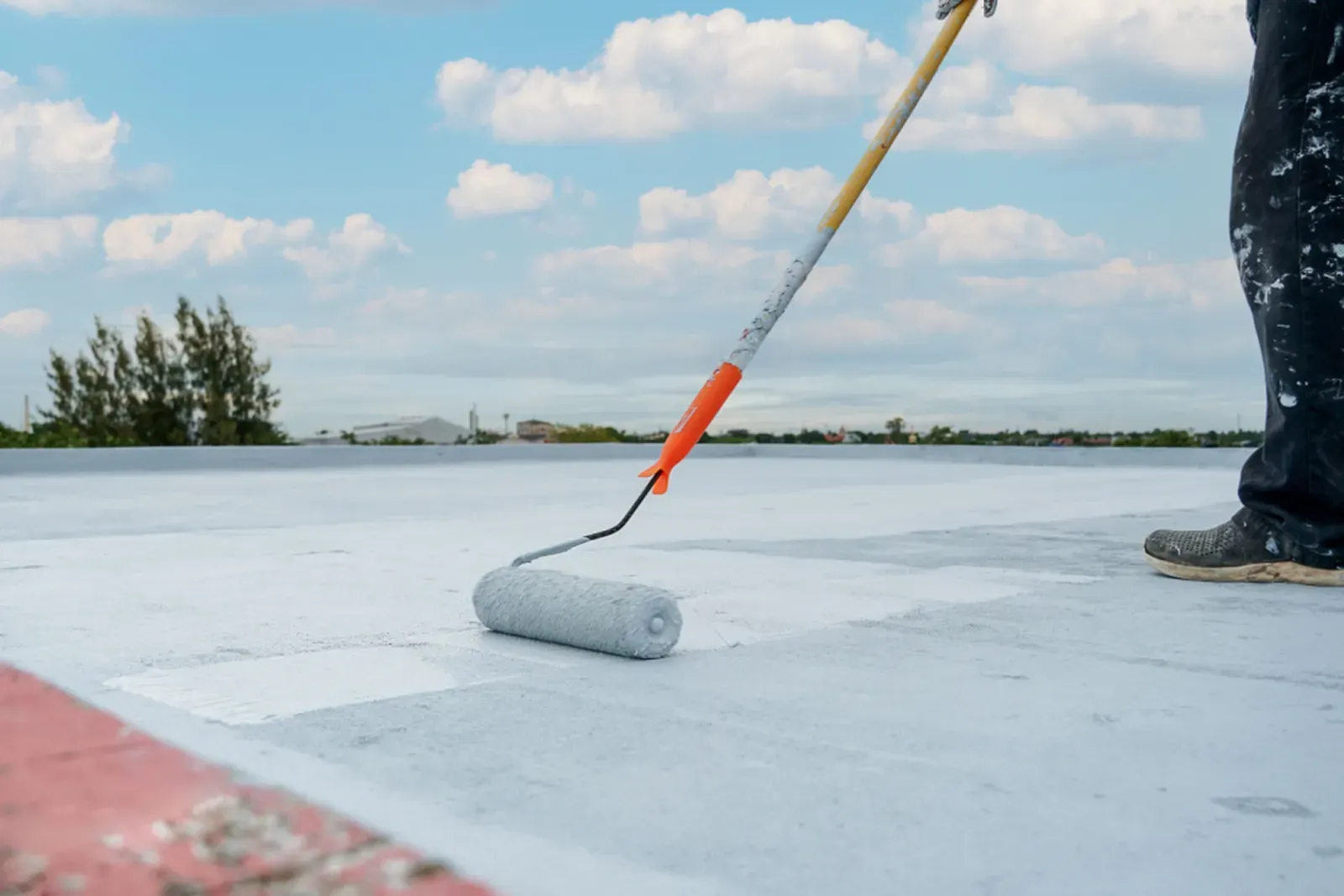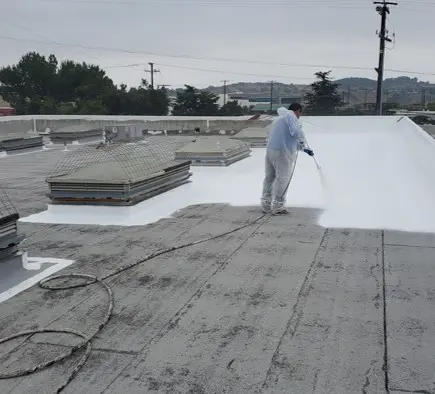When it comes to protecting your commercial or residential roof, choosing the right coating can make all the difference. Two of the most popular options are silicone and acrylic roof coatings. Both materials offer unique advantages for extending the life of your roof, improving energy efficiency, and reducing maintenance costs. But which one is better for your property? Let’s explore the pros and cons of silicone vs. acrylic roof coatings to help you decide.
What Are Silicone and Acrylic Roof Coatings?
Silicone roof coatings are made from a silicone polymer that creates a seamless, waterproof layer over your roof. They are highly resistant to UV rays, ponding water, and extreme weather conditions, making them ideal for flat or low-slope roofs.
Acrylic roof coatings, on the other hand, are water-based and use acrylic polymers to form a flexible, reflective surface. They’re often chosen for their affordability and energy-saving properties, especially in hot and sunny climates.
Pros of Silicone Roof Coatings
1. Superior Water Resistance
Silicone coatings are 100% waterproof, making them excellent for roofs that experience standing or ponding water. They don’t degrade when exposed to moisture for long periods.
2. UV and Weather Durability
Silicone resists UV radiation better than most materials, preventing cracking, chalking, or fading even under intense sunlight.
3. Longer Lifespan
With proper application, silicone coatings can last 15–20 years, reducing the need for frequent recoating.
Cons of Silicone Roof Coatings
- Higher Initial Cost – Silicone tends to be more expensive upfront compared to acrylic.
- Slippery Surface – Once cured, silicone can become slick, especially when wet.
- Limited Recoat Compatibility – Recoating over old silicone can be challenging without proper surface preparation.
Pros of Acrylic Roof Coatings
1. Cost-Effective
Acrylic coatings are typically less expensive to purchase and apply, making them a great option for budget-conscious property owners.
2. Reflective and Energy Efficient
Acrylic coatings are highly reflective, helping to reduce roof temperatures and lower energy bills during hot months.
3. Easy Application and Maintenance
Since they’re water-based, acrylic coatings are easy to apply, clean up, and recoat as needed.
Cons of Acrylic Roof Coatings
- Poor Ponding Water Resistance – Prolonged exposure to standing water can cause acrylic coatings to soften and degrade.
- Temperature Sensitivity – Acrylics may crack in freezing conditions if not properly formulated for cold weather.
- Shorter Lifespan – Most acrylic coatings last around 8–12 years before needing recoating.
Silicone vs Acrylic: Which Is Better for Your Roof?
| Feature | Silicone | Acrylic |
|---|---|---|
| Water Resistance | Excellent | Moderate |
| UV Protection | Excellent | Good |
| Energy Efficiency | Good | Excellent |
| Cost | Higher | Lower |
| Durability | 15–20 years | 8–12 years |
| Maintenance | Low | Moderate |
If your building often experiences ponding water or harsh weather, silicone coatings are the better choice. However, if you’re in a dry, sunny region and want a reflective, affordable solution, acrylic coatings may be ideal.
Final Thoughts
Both silicone and acrylic roof coatings provide long-term protection and energy efficiency, but the best option depends on your roof type, climate, and budget. A professional roofing contractor can assess your structure and recommend the right material to maximize performance and lifespan.
💡 Need Expert Help?
If you’re planning to restore or protect your commercial roof, Aaron Blake Commercial Roofing offers professional installation of both silicone and acrylic roof coating systems.
Visit our website to learn more or schedule your inspection today.
📞 Call us at: (877) 255-0284
🌐 Website: aaronblakecommercialroofing.com



